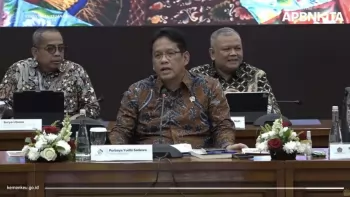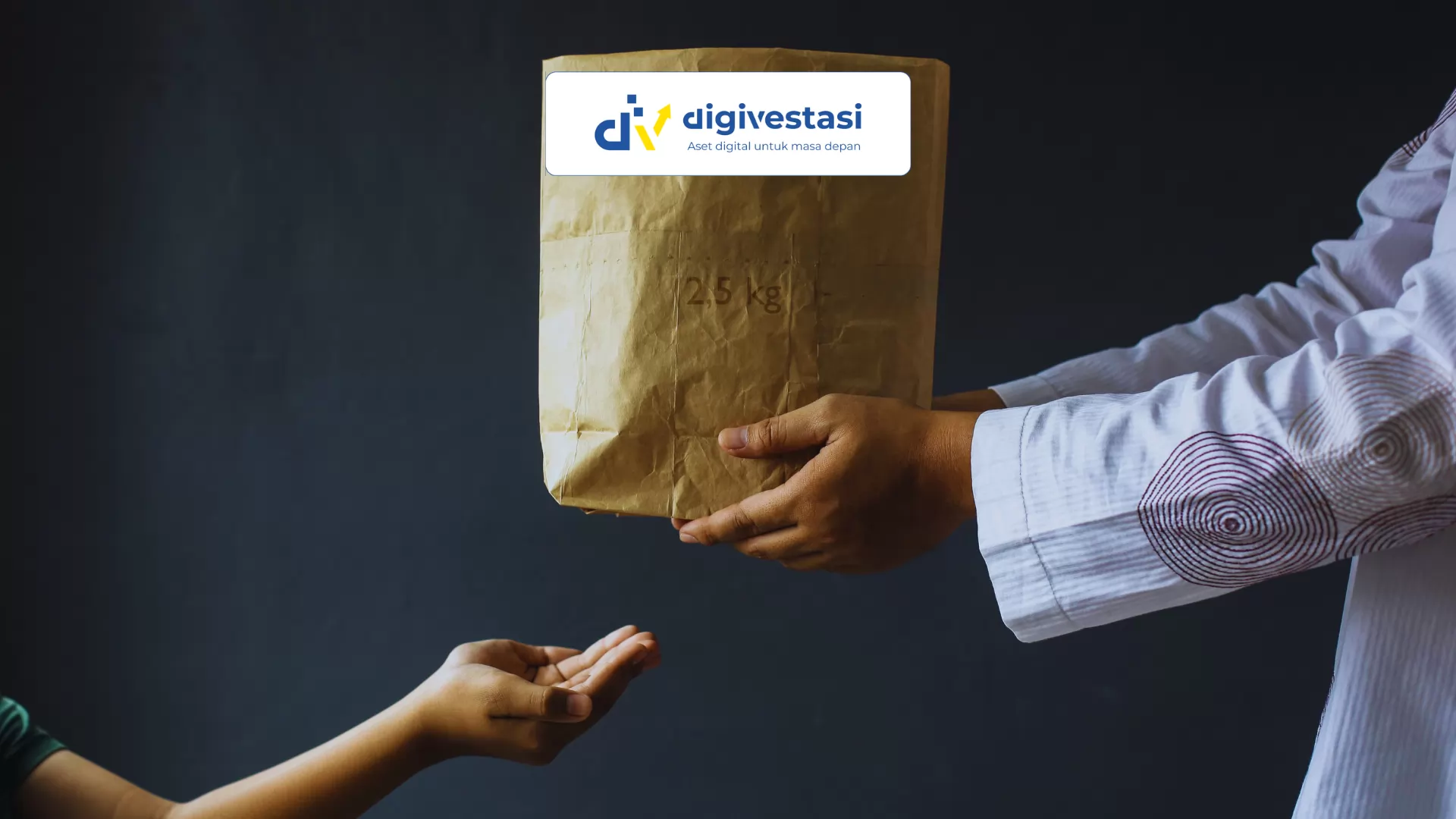
News Update
Purbaya Gives Ministries 16-Day Deadline to Finalize Budget
/index.php
Edukasi - Posted on 06 March 2025 Reading time 5 minutes

Strategies for Managing Zakat, Infaq, and Sadaqah Funds During Ramadan
Ramadan is a blessed time for Muslims to enhance their worship and share their sustenance. Zakat, infaq, and sadaqah play a crucial role in practicing Islamic teachings during this holy month. To ensure that these charitable contributions remain optimal without disrupting personal financial stability, proper financial planning is essential. Here is a guide on how to allocate funds for zakat, infaq, and sadaqah during Ramadan.
Before allocating funds, it is important to understand the distinctions between these three forms of giving:
To allocate funds effectively, the following steps can be implemented:
Once funds are allocated, the next step is determining suitable beneficiaries:
Technological advancements have made it easier to distribute zakat, infaq, and sadaqah efficiently. Digital platforms such as e-wallets, zakat organization websites, and direct bank transfers provide convenient, secure, and timely solutions for ensuring that funds reach the intended beneficiaries.
At the end of Ramadan, it is crucial to evaluate the effectiveness of fund distribution:
This evaluation will help develop a more effective strategy for fund allocation in future Ramadans.
Managing zakat, infaq, and sadaqah funds during Ramadan is essential to ensure that acts of worship and charity can be maximized without compromising personal financial stability. By understanding the differences, setting an appropriate budget, distributing funds to the right recipients, leveraging technology, and conducting evaluations, the charitable efforts made during Ramadan can bring greater benefits and blessings for all.
What do you think about this topic? Tell us what you think. Don't forget to follow Digivestasi's Instagram, TikTok, Youtube accounts to keep you updated with the latest information about economics, finance, digital technology and digital asset investment.
DISCLAIMER
All information contained on our website is summarized from reliable sources and published in good faith and for the purpose of providing general information only. Any action taken by readers on information from this site is their own responsibility.